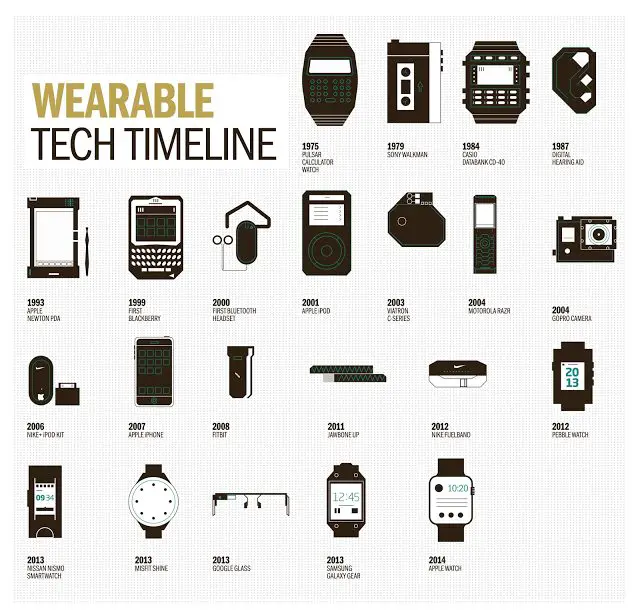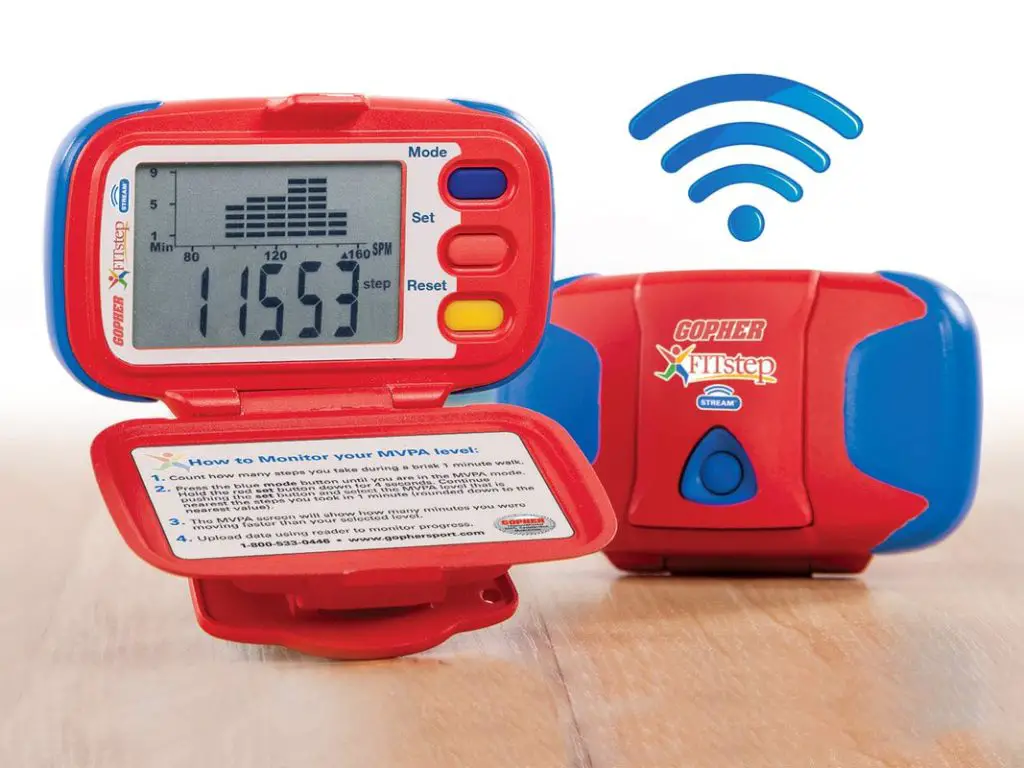Wearable technology has evolved far beyond basic pedometers, becoming highly advanced tools that monitor various aspects of health and well-being. Thanks to improvements in sensor accuracy, artificial intelligence, and compact design, today’s wearables can track heart rate, sleep cycles, stress levels, and more. These innovations have made them indispensable not only for fitness enthusiasts but also for healthcare monitoring and enhancing everyday productivity.

Can wearable devices detect early signs of diseases? As these tools become more sophisticated, they are increasingly capable of identifying subtle physiological changes that may indicate emerging health issues. Continuous monitoring of data such as heart rate variability, oxygen saturation, and body temperature enables earlier detection of potential illnesses—empowering users and healthcare providers to respond before symptoms become serious.
Early Wearables: The Pedometer Era
The journey of wearable tech began with the pedometer, which dates back to the 18th century. The first widely adopted digital pedometers gained traction in the 1980s and 1990s, offering simple step-counting features that promoted daily physical activity. While limited in functionality, these early devices set the stage for the development of today’s more complex and intelligent fitness trackers.

The role of wearable tech in remote patient monitoring has since emerged as a transformative force in healthcare. Modern wearables now enable doctors to track patients’ vital signs, such as heart rate, oxygen levels, and movement patterns, from afar. This continuous monitoring helps detect potential health concerns earlier, reduces hospital visits, and improves the overall quality of care—especially for individuals managing chronic conditions at home.
The Rise of Smartwatches and Fitness Bands
The early 2000s saw the rise of wrist-worn fitness trackers like Fitbit, which went beyond counting steps to include features such as heart rate monitoring, calorie tracking, and sleep analysis. As wearable technology evolved, companies like Apple, Garmin, and Samsung launched smartwatches that merged fitness tracking with advanced health features—such as ECG readings, blood oxygen measurement, and real-time smartphone notifications.

How wearable devices are transforming sports and fitness training is evident in how athletes and trainers now use these tools to optimize performance. From tracking exertion levels and recovery times to analyzing movement patterns and biometrics, wearables provide real-time data that supports personalized training plans and injury prevention strategies—redefining how fitness goals are achieved.
Advancements in Medical and Sports Wearables
Wearable technology has become increasingly medical-focused, with devices like continuous glucose monitors (CGMs) for diabetics and ECG-enabled smartwatches that detect heart arrhythmias.

Athletes have also benefited from smart wearables such as GPS-enabled running watches and biometric sports gear that optimize performance and prevent injuries.
The Rise of Smart Rings and Beyond
Recently, smart rings like the Oura Ring have gained popularity for their compact design and advanced tracking capabilities.

These rings monitor sleep, stress levels, and even early signs of illness, offering an alternative to bulky wrist-worn devices. Looking ahead, innovations like smart clothing with embedded biosensors and brainwave-monitoring headbands are set to redefine the wearable landscape.
Conclusion
From simple pedometers to AI-powered smart rings, wearable technology has evolved significantly, making health monitoring more accessible and accurate. As technology continues to advance, wearables will likely become even more discreet, powerful, and seamlessly integrated into our daily lives, shaping the future of personal health and wellness.